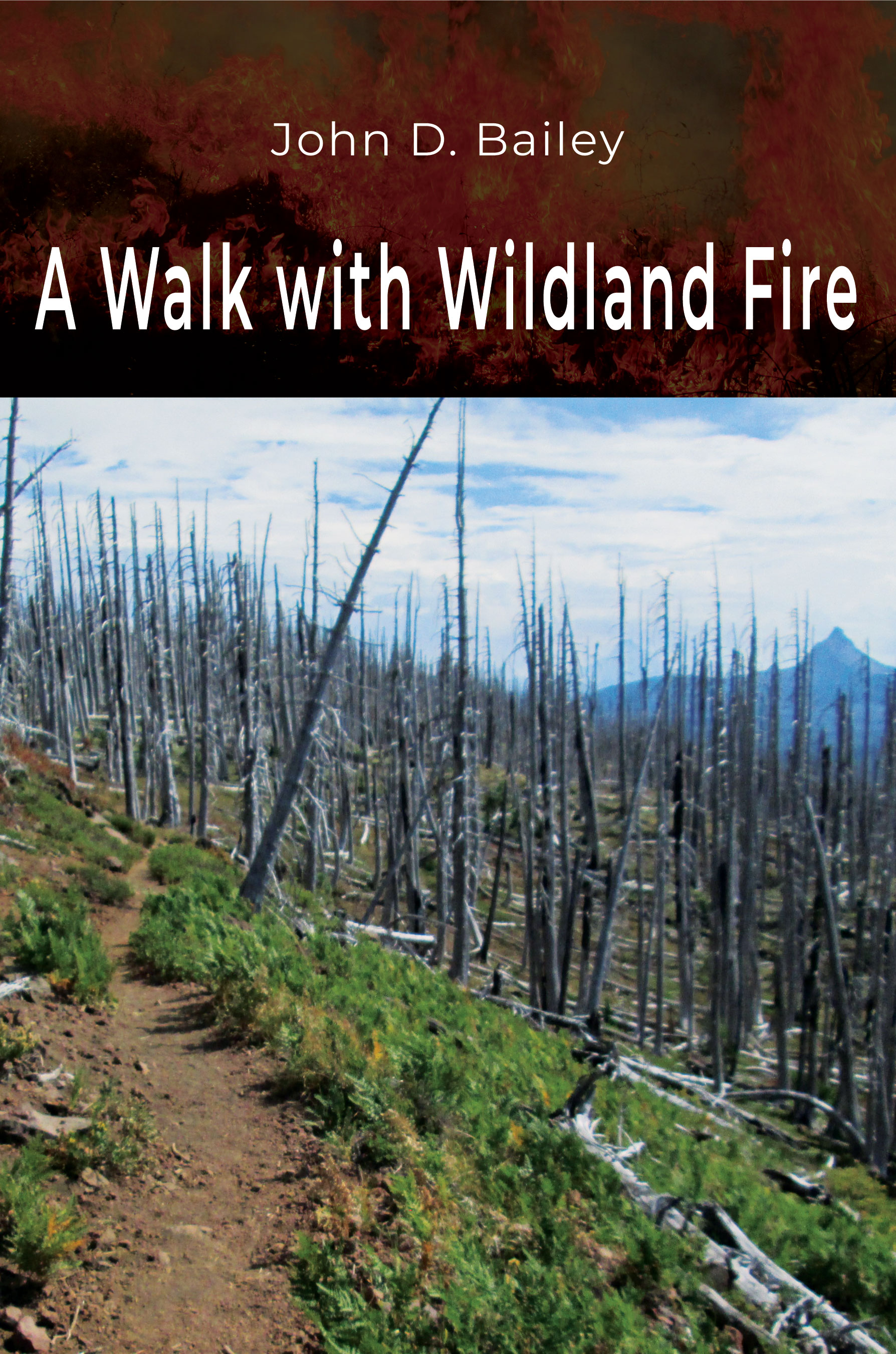1. The News, Trends, and Staying Current
2. Fire History and Ecology
3. Climate and the Forever Fire Season
4. Combustion, Fire Behavior, and Weather
5. Suppression Response and Issues
6. Wildfire Effects and Severity
7. Fuels Management and Active Forest Management
8. Human Health and Communities
9. Looking to the Future

118 pages, $21.95 list
1-4786-5145-8
978-1-4786-5145-1
© 2024
paperback
eBook availability
A Walk with Wildland Fire
Wildland fire not only has become a more common topic in today’s conversations around land management, but has always been a centrally important subject for all natural resources students. John Bailey uses a hypothetical fire (the “Virginia Springs Fire”) to introduce students to concepts in fire ecology and management in a concise, readable text. This one fire event fits into the larger narrative of increasing sizes of wildfires, increasing expenses of suppression, and increasing impacts before, during, and after wildfires. It tells the story of complex, fire-adapted ecosystems in a landscape with a rich fire history and ecology that Western science and management did not understand or appreciate until recently. The fire showcases the physics and chemistry of burning, fire intensity, flame length and spread rates, and wildfire growth under a range of weather and topographic conditions. Finally, the Virginia Springs Fire leaves a diversity of impacts on the land, plants, and animals that may last only months but, for some, a century or more.